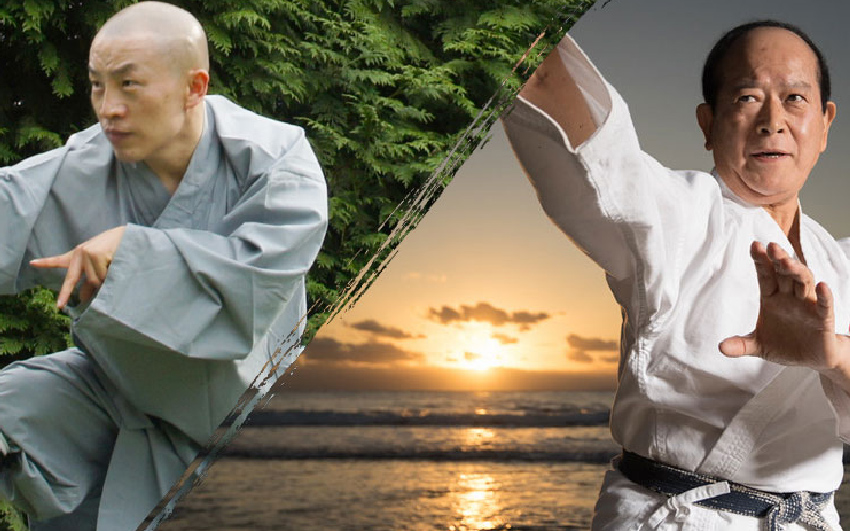Is Karate Japanese or Chinese?
Answering this question can be quite challenging and biased unless you are willing to understand the history and the context into which Karate came to be.
Karate find is origins in China where it was developed under the name Kung-Fu and later, throughout extensive cultural and economic exchanges with the Ryukyu Kingdom – present-day Okinawa – it developed into a martial art known as Tode or Te, the ancestor of Karate.
The Chinese origin of Karate
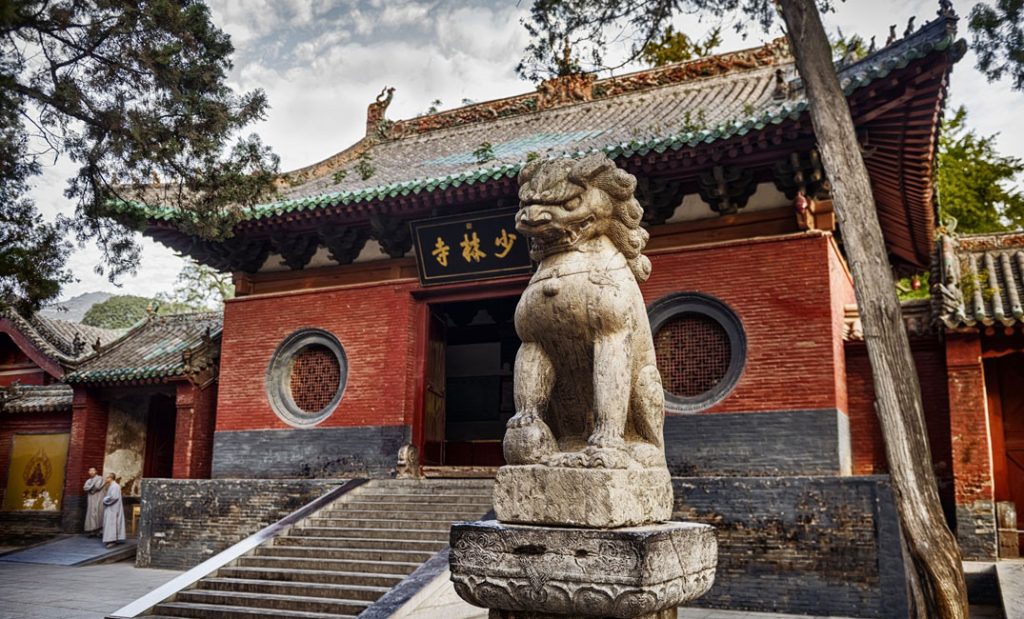
Very little is known about the precise origins of Karate before it appeared in the Ryukyu Kingdom – modern-day Okinawa. At first glance, Karate might be considered a Japanese martial art, but the word literally means “China hand” and find its origins in Southern China, within two martial traditions: Shaolin and White Crane Kung-Fu.
Shaolin Kung-Fu
Monks studying at Shaolin Temple were learning a great variety of martial arts including Zui Quan (Drunkard Fist), Luohan Quan (Arhat Fist), Tanglang Quan (Mantis Fist), Yingzhao Quan (Eagle Claw Fist), Tantui (Leg Flicking Fist) and Xingyi Quan (Form-Intention Fist). These styles seemingly had a significant influence on Shuri-Te and its offsprings like Shorin-Ryu, Shito-Ryu, Shotokan, etc.
White Crane Kung-Fu
White Crane Kung-Fu is a style is a Southern Chinese martial art that originated in Fujian province. This system of fighting was developed from watching and examining the crane’s movements, ways of attack and attitude. It is characterized by it’s to close-quarter and hand-to-hand combat. It is said that some Naha-Te based styles originate from White Crane.
A Great Voyage
In the 14th century, because of the increasing cultural exchanges between China and the Kingdom of Ryukyu, Chinese martial arts arrived in Ryukyu where it was combined with the existing local variants and later transformed into a martial art called Tode (Chinese Hand), which will be then known as Karate.
Martial arts from China traveled to the Ryukyu Kingdom
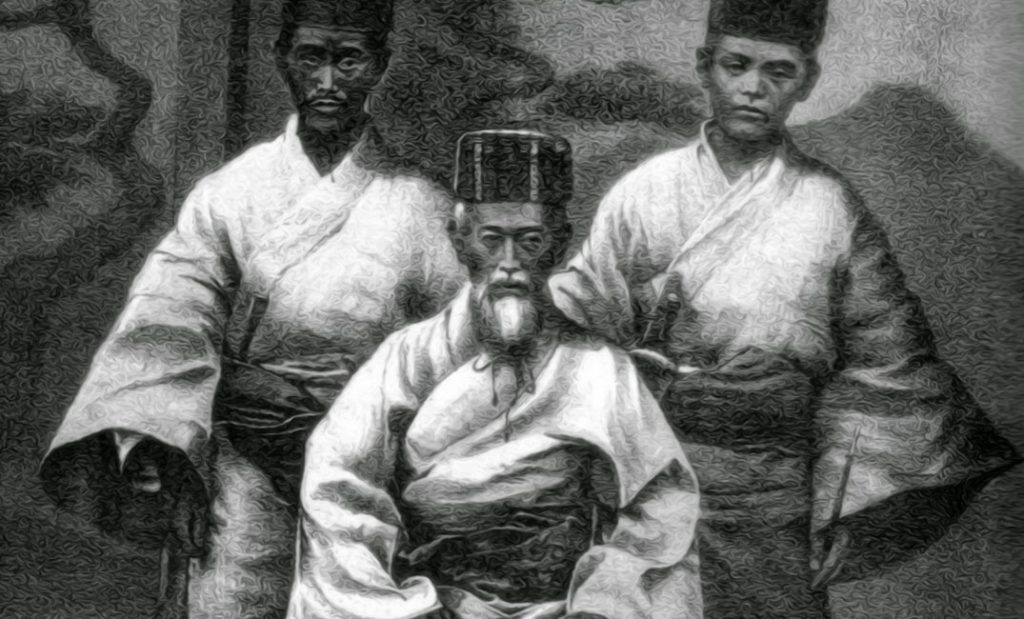
Due to its central location, the Ryukyu Kingdom (ancient name of Okinawa) was strongly influenced by China and Japan through a long history of trade and cultural exchanges. China particularly influenced the development of martial arts of the Kingdom of Ryukyu.
Cultural exchanges with China
Throughout its history, the Ryukyu Kingdom had strong economic and cultural ties with China. From the 14th century on, the Ryukyu Kingdom developed a tributary relationship with China, symbolically signifying the Ryukyu Kingdom’s status under China.
China didn’t interfere in Ryukyuan domestic affairs but merely sought to maintain cordial relations with the Kingdom. Many Chinese moved to Ryukyu to serve the Government or engage in business during this period.
Thirty-six Chinese families were sent to Ryukyu
Soon after the establishment of tributary trade associations with China, a group of Chinese families from Fujian were granted to Ryukyu by the Chinese Emperor and started to immigrate to Okinawa in 1392.
The group was composed of people of various backgrounds like diplomats, administrators, artists, craftsmen, interpreters, writers and scholars who taught a wide assortment of Chinese arts, crafts, skills, and traditions to the Ryukyuans – sciences, aeronautics, written language, medicine, law, etc. Among these people, there were some specialists of Chinese martial arts who bestowed their expertise of Kung-Fu with the Ryukyu nobility.
Many Ryukyuan and Okinawan Masters studied martial arts in China and brought back it’s martial knowledge
In the past, it was common for the Ryukyu Kings to regularly sent members of Ryukyuan upper class (Yukatchu & Peichin) to China to study various governmental, artistic and martial disciplines.
Between the 17th and 20th centuries, many legendary Ryukyuan (and later Okinawan) martial artists like Peichin Takahara (1683-1760), Sakugawa Kanga (1733-1815) and Matsumura “Bushi” Sōkon (1809-1899) went to China to study Chinese martial arts and brought back valuable martial knowledge to their homeland.
Early styles of Tode
Early styles of Tode or Te had mainly developed in three different villages – Shuri, Naha, and Tomari. These methods were identified as Shuri-te, Naha-te, and Tomari-te.
Well into the 20th century, the martial arts of Okinawa were generally referred to as Te in Japanese and Okinawan for “hand”. Te often varied from one town to another, so to distinguish among the various types of Te, the word was often prefaced with its area of origin; for example, Naha-te, Shuri-te, or Tomari-te.
Shuri-Te
Shuri-te is a pre-World War ll term for a type of martial art developed to the area around Shuri, the old capital city of the Ryukyu Kingdom. It is the result of the incorporation of fighting techniques from China, mainly from Shaolin Kung-Fu, to local techniques.
It was primarily the local “nobility” who practiced Shuri-te at the royal palace in Shuri. Shuri-Te was a fast and dynamic ‘style’, with an equal emphasis on leg and hands techniques and can be considered as a long range style. Shuri-te is at the origin of modern Karates styles like Shorin-Ryu, Shotokan and Wado-Ryu.
Naha-Te
Naha-te (那覇手) is a pre-World War II term for a type of martial art indigenous to the area around Naha, the old commercial city of the Ryukyu Kingdom and now the capital city of Okinawa Prefecture. Naha-te was primarily based on Fujian White Crane Kung-Fu, a Chinese Southern style.
Naha-Te was a close-range method and way using a small number of leg techniques and rarely use them above mid level. Naha-Te placed a large amount of importance on breathing techniques and gave birth to Goju-Ryu and Uechi-Ryu, two famous modern styles.
Tomari-Te
Tomari-te originated from the village of Tomari, Okinawa and seemed to have been a combination of both internal and external elements of Shuri-Te and Naha-Te. Despite the fact that it was a pretty much a blend between Shuri-Te and Naha-Te, Tomari-Te remained closer to the former.
If you wanna know more about Karate styles, I wrote this article about the various types of Karate styles, it’s worth having a look! 😉
Okinawan Karate shaped the future of Karate
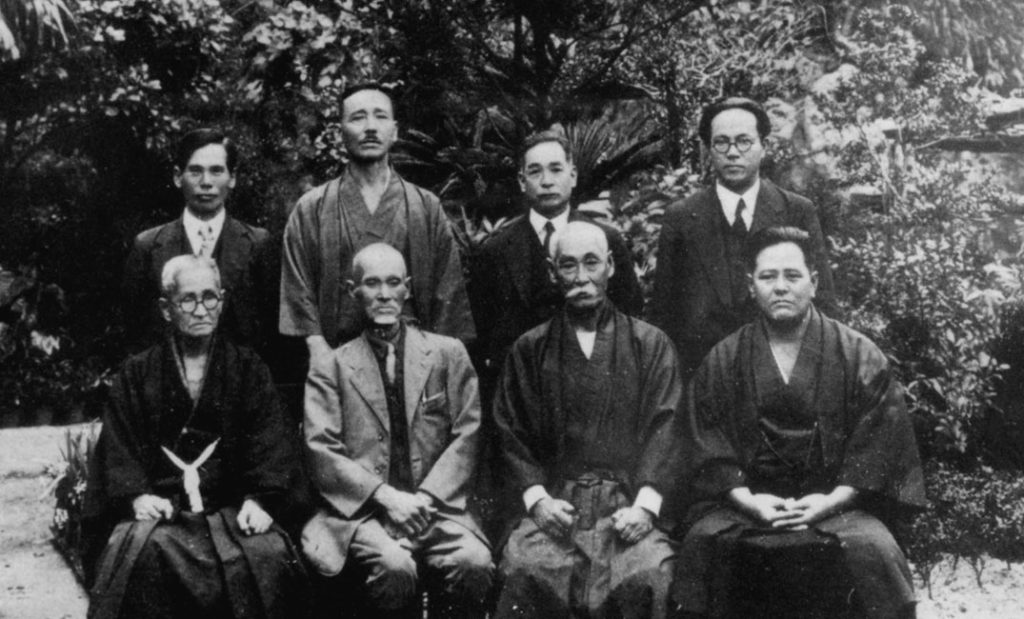
In 1609, the Japanese clan of Satsuma Clan invaded the Ryukyu Kingdom and, overwhelmed by the samurai army, the King capitulated. Two centuries later, in 1879, Japan was officially annexed to the Ryukyu Kingdom, becoming the prefecture of Okinawa.
Four main styles
Various forms of Tode emerged by the 19th century, which was developed from the old Shuri, Naha and Tomari styles.
Today in mainland Japan, there are many Karate styles, and the most popular are Shito-Ryu, Goju-Ryu, Wado-Ryu, and Shotokan. In Okinawan Prefecture, things are not exactly the same as Shito-Ryu, Wado-Ryu and Shotokan – which are more “Japanese” styles are not really practiced. Methods like Shorin-Ryu,
Gojo-Ryu, Uechi-Ryu are more popular. One thing is for sure, every single of the styles are direct descendants of the ancient Tode practiced and developed in the Ryukyu Kingdom and later, Okinawa.
Japanese Karate spread across the World
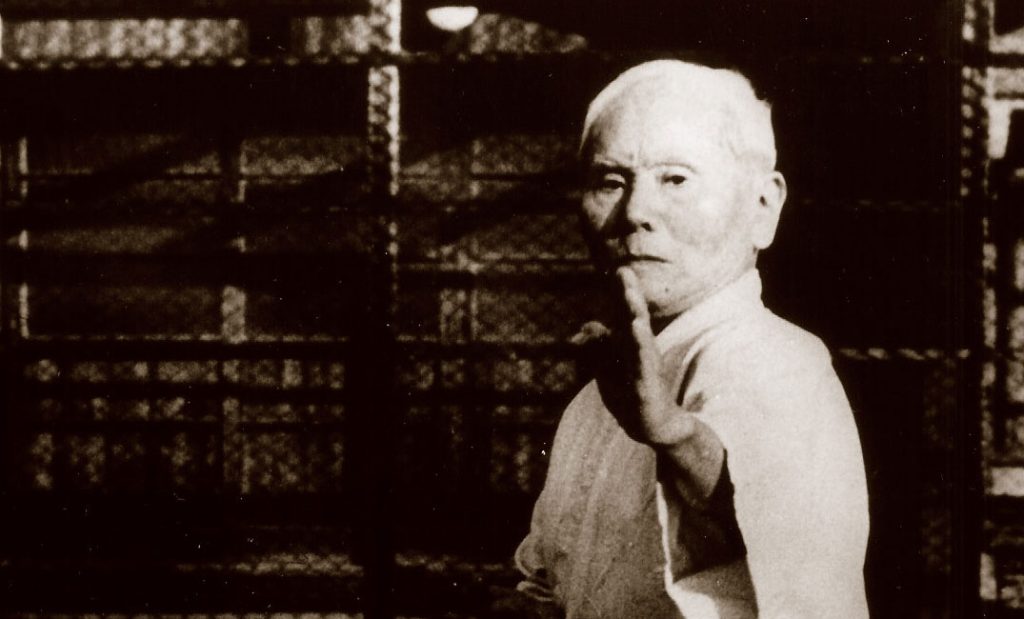
Karate was brought to mainland Japan early into the early 20th century during a time where all things Okinawan were considered exotic and fresh for Japan.
From Okinawa to mainland Japan
Gichin Funakoshi is widely considered the primary “father” of modern Karate due to his efforts to introduce the Okinawan art to mainland Japan, from where it spread to the rest of the world.
While on the Japanese mainland, he changed the written characters of Karate to mean “empty hand” (空手) instead of “China hand” (唐手) to please the Japanese by minimizing its connection to Chinese martial art.
Around 1935, Okinawan Karate masters adopted the Judo uniform and rank structure and created a standardized curriculum for ranking.
Official recognition
In 1933, the Okinawan art of Karate was recognized as a Japanese martial art by the Japanese Martial Arts Committee known as the “Butoku Kai”.
Two worlds apart
The is a big difference between Okinawan and Japanese Karate, both in terms of philosophy, mindset, and application. In Japan, Karate was pretty much transformed into a competitive sport, whereas in Okinawa, Karate is a martial art and a lifestyle.
Japanese Karate tends to be more aggressive and linear in nature and uses deep and long stances. They tend to fight at long range and are more “in and out” in terms of kumite. Generally, Japanese Karateka tends to be stiff and tense before and during the delivering of a strike. Unfortunately, most Japanese Karate styles don’t practice goshin of self-defense techniques. I realized this in Japan while visiting numerous dojos.
Traditional Okinawan karate styles are heavily influenced by Chinese martial arts and use a lot of circular movements for blocking, parrying and grappling. They are practices in a relaxed, fluid manner. Okinawan Karate uses more pressure points and fighting at close range. They also do a lot of body conditioning using tools like makiwara, chiichii, and tetsutaba. There are also some animal forms kata and techniques, and they put a lot of emphasis on breathing. Okinawan Karate is way less formal than its Japanese counterpart.
PS: For more information on the Japanization of Karate, please read this paper from Noah C.G. Johnson from the Department of Anthropology of the University of Iowa.
Conclusion
After reading this article, you should agree that answering the question “is Karate Japanese or Chinese” is a tricky task. That’s why I said at the beginning of this article that to answer this question adequately, it’s essential to delve deeper into the history of Karate. By now, I think it safe to say that Karate is not entirely Japanese, nor completely Chinese, but is a combination of martial art that finds its origin in China, developed in the Ryukyu Kingdom and flourished in Okinawa.
- 10 Ways Meditation can Improve Your Karate - March 6, 2024
- Is Tai Chi Effective for Self-Defense? - February 16, 2024
- Do You Need to Add Ground Grappling Into Your Karate? - February 15, 2024

